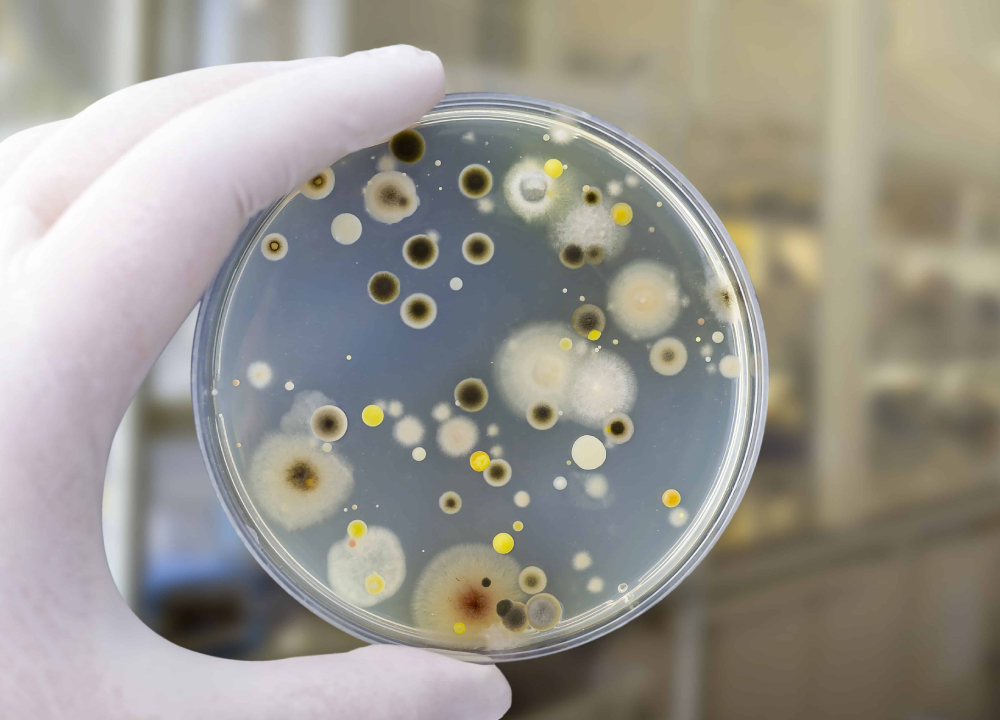Are You Allergic to Mold? Key Symptoms to Look For
Mold is a common issue that can affect your home and health. If you've ever noticed symptoms like sneezing, coughing, or watery eyes, mold could be the culprit. Mold allergy symptoms vary widely and can often be mistaken for other common allergies. Mold spores are tiny, and when they are inhaled, they can trigger allergic reactions in sensitive individuals. These symptoms can range from mild irritation to more severe health issues, especially if exposure is prolonged or if the mold is of a particularly harmful type. Recognizing the symptoms of being allergic to mold can help you address the problem early and avoid long-term health effects.
Signs Your Body May Be Reacting to Mold
Understanding the symptoms of mold allergies is crucial to identifying and preventing health issues. If you're allergic to mold, your body reacts to the spores it releases into the air. These allergic reactions can manifest as:
Sneezing and Nasal Congestion: Mold spores irritate your nasal passages, leading to frequent sneezing or a stuffy nose.
Coughing and Wheezing: Mold exposure can also trigger coughing and even wheezing, especially in people with asthma.
Itchy or Watery Eyes: Another common symptom is eye irritation, which can be caused by mold spores floating in the air.
Skin Irritation: Mold may also cause rashes or itching when it comes into contact with your skin.
Fatigue and Headaches: Sometimes, mold allergies can lead to feelings of tiredness or headaches, as your body fights off the irritants.
Recognizing Mold Exposure Triggers
It’s important to pay attention to when symptoms arise, as mold allergies tend to flare up in specific environments. The symptoms of being allergic to mold might occur when you’re in damp or humid areas such as bathrooms, basements, or areas with water damage. Mold can grow on walls, ceilings, carpets, and furniture, often going unnoticed until it spreads. Here’s how to recognize mold exposure triggers:
After Rain: Mold growth is particularly high in areas with lots of moisture, so you may experience symptoms after a heavy rain or when humidity levels rise.
During Seasonal Changes: Some molds thrive during seasonal changes, and if you're allergic, symptoms might appear more frequently during these times.
In Damp or Musty Rooms: Mold is more likely to grow in damp places, and symptoms will worsen if you're in a mold-infested room.
By paying attention to your environment and symptoms, you can figure out whether mold is behind your discomfort.
What to Do If You Have Mold Allergy Symptoms
If you suspect you are experiencing symptoms, it’s essential to take action. Here are some steps you can take:
Consult a Doctor: Speak with a healthcare professional who can confirm whether mold is causing your symptoms. They may recommend allergy testing or prescribe medications to alleviate the symptoms.
Improve Ventilation: Ensure proper airflow in damp areas by using fans or opening windows. Keeping the area dry will help prevent mold growth.
Use Air Purifiers: Investing in a good air purifier can help reduce the number of mold spores in the air, easing allergic reactions.
Clean Regularly: If you suspect mold in your home, regular cleaning of affected areas can help keep the growth in check. Use anti-mold cleaners or a mixture of vinegar and water to clean surfaces where mold might develop.
Limit Exposure: Avoid areas where mold growth is visible, and take precautions when cleaning moldy surfaces by using protective gear like gloves and masks.
When to Seek Medical Help
In some cases, mold allergies can lead to more severe symptoms, particularly for individuals with asthma or compromised immune systems. If you experience any of the following, it's important to seek medical help immediately:
Difficulty breathing or shortness of breath
Swelling or pain in the chest
Severe skin reactions or worsening rashes
Persistent or worsening headaches
It’s crucial to address mold allergy symptoms early to prevent complications and to create a healthier living environment for you and your family.
Keep Your Home Mold-Free to Prevent Allergy Symptoms
Preventing mold growth is key to managing mold allergies. Regular maintenance and being mindful of humidity levels can keep your home safe and free from allergens. Use dehumidifiers in damp areas, repair any water leaks promptly, and regularly inspect areas prone to mold growth. Taking these preventive measures can significantly reduce the chance of mold-related allergic reactions.
Final Thoughts: How to Protect Yourself From Mold Allergies
If you experience any of the symptoms of being allergic to mold, it’s essential to act quickly. Addressing mold growth in your home, seeking medical advice, and making necessary lifestyle adjustments can help you manage your allergy. With a little effort and awareness, you can reduce the symptoms and enjoy a mold-free, healthier environment. Always remember, the best way to protect yourself is by preventing mold growth in the first place. For more advice on dealing with mold-related health issues, visit Dangers of Mold.




Comments
Post a Comment